Wairakei Primary School took part in the 2025 Ngāti Tūwharetoa Taiopenga. Three kapa haka groups Takana Wairakei, Waenganui Wairakei and Teina Wairakei proudly performed in front of a receptive audience.
All members of the kapa haka groups showed great dedication, attending weekly practices to hone their skills and prepare for their performances. Each group carefully selected the items they would share with Matua Grant, uniforms were fitted, and poi were made.
Additional lunchtime practices were offered, and several students took advantage of these opportunities to perfect their poi skills. Leaders from the senior Tuakana group supported the junior Teina group with their learning, fostering a strong sense of unity and teamwork. The supportive dynamics within the groups helped everyone grow in confidence and capability.
Key Elements of Kapa Haka
-
Inclusive environment: It creates an environment where students from all ethnic backgrounds can participate, learn, and feel a sense of belonging.
-
Confidence and leadership: Performing as part of a kapa haka group builds students' confidence and provides opportunities to step up as leaders and role models.
Cultural affirmation: Kapa haka is a way for Māori students to connect with and celebrate their unique cultural identity, while also offering non-Māori students an opportunity to engage with and learn about Māori culture and traditions.
It’s just really fun. I like to go on the stage and I get to perform on the stage in front of my Mum. It felt really cool to be a leader. I was good at saying the words for the haka. I felt strong and happy.
It was fun doing the poi. When I first started learning the poi, I got muddled. I was trying to match the words of the waiata with the actions. I got better with practice. My sister has been showing me some actions from her kapa haka group. She showed me how to do the butterfly.
Being a leader was fun. You get to be a caller. I feel the waiata in my heart, and it makes me happy. I did a good job at being a leader because I have a really loud voice and I follow instructions.
My sister always did kapa haka, so I really wanted to do it too. I learned how to sing some new waiata. I was a little scared performing on the stage and excited too. The uniform was a little scratchy. I loved the sound the piu piu made and how it spun out.
I have been doing kapa haka since I was a junior. I feel it is a big part of New Zealand culture and the school culture. I am keen to learn the correct pronunciation of the words. Learning the meaning behind the words is a way of learning about history. I was proud to represent my school and family at the Taiopenga. Mum and Dad were watching me.
I haven’t done kapa haka for a long time, so my friends supported me. I enjoyed the challenge of learning different waiata and movements. Matua Grant helped me pronounce the words. I was nervous and proud when I was performing on the stage.
I joined kapa haka so I can learn new Māori words and learn the actions that go with them. Kapa haka is a celebration of Māori culture. I like doing the haka because it is a bit scary. I feel fierce and powerful.
When I first started at Wairakei Primary, I went home and told my mum I wanted to be in the front row of the kapa haka and a leader. After I became a leader, I was scared about embarrassing myself with forgetting my calls or my voice cracking. Because of the support given to me by Matua Grant and the other leaders, I was loud and confident. I was proud to wear the kapa haka uniform and represent Wairakei Primary at the Taiopenga.
The actions were a challenge. Sometimes it is frustrating when someone does it wrong and you have to do it again. There is a lot to remember with the actions and the words. Toia is my favourite waiata. I have learned all the words, and I am strong with the actions.
I enjoyed being on the stage and performing the waiata and actions. When I am wearing the uniform, I am representing the school, and I feel proud. At lunchtime, I had extra poi lessons because I had difficulty catching the poi. After the help, I smashed it. My little sister wants me to teach her the poi.
My family is Māori. My mum is Māori. I like performing at the Taiopenga in front of my mum and the audience.
My older sister was a kapa haka leader, so I wanted to be one too. I enjoyed the challenge of learning the calls and actions. I would often forget to do the call that came after the haka. I practised at school with great support from Matua Grant and the other boys. I have been doing kapa haka for a while now, so I am quite confident.
The physical demands of kapa haka include stamina, coordination, and the manipulation of the body and the poi. Learning and memorising the language and movements develop cognitive skills. Social skills are learned as performers come together as a group that supports and cooperates. The students who performed at the Taiopenga learned that kapa haka is a valuable way to express a part of the Māori culture and heritage.

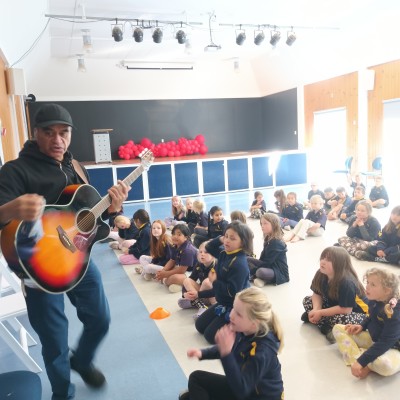

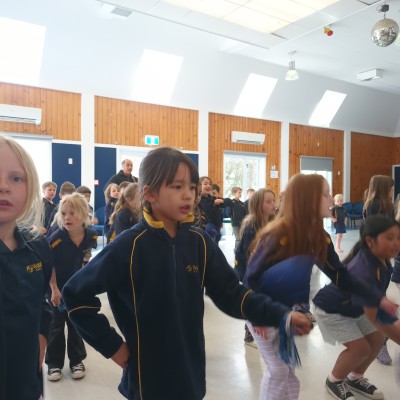

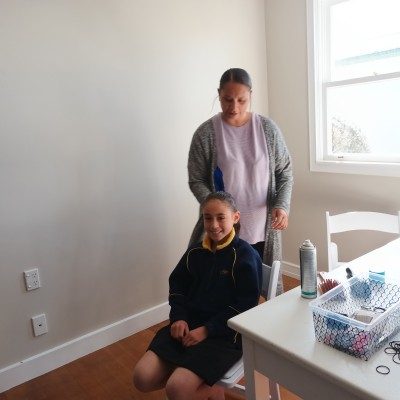

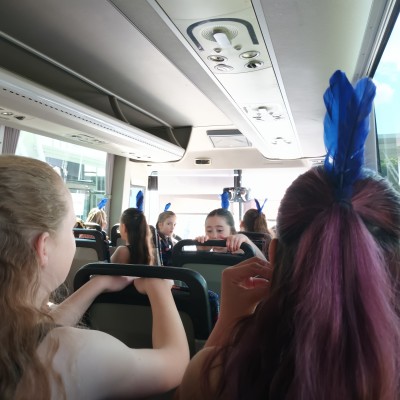
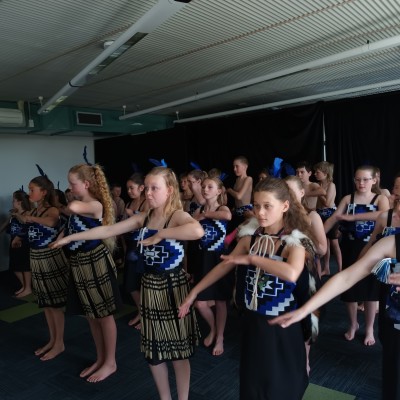

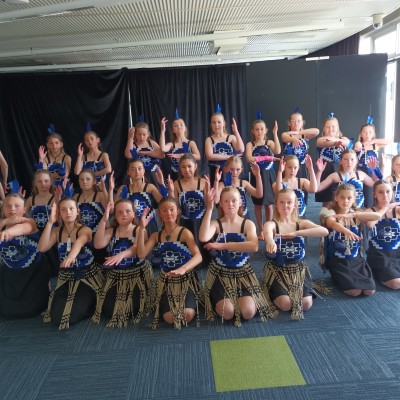

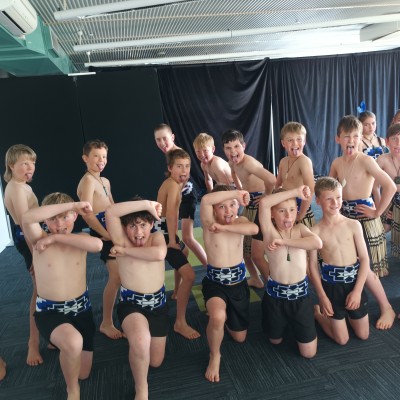
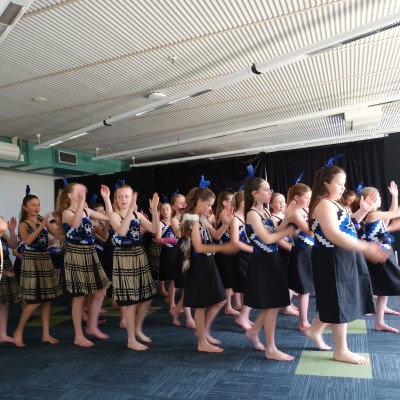


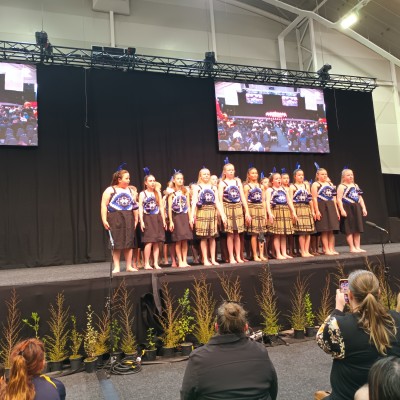
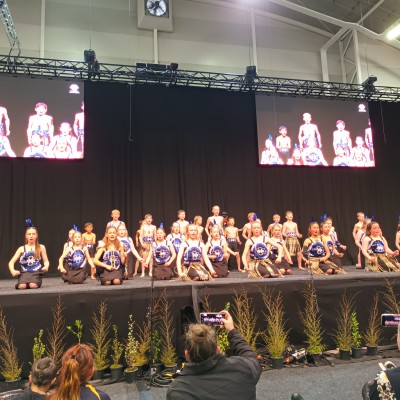

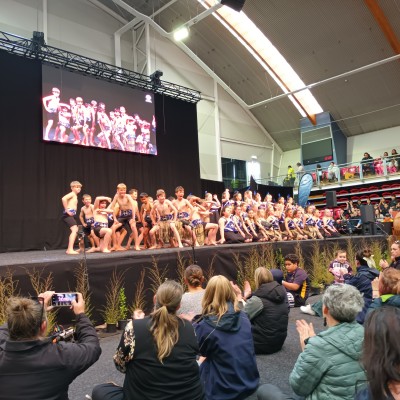
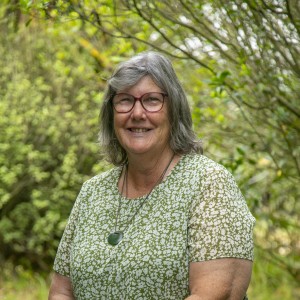

Comments
No one has commented on this post yet.